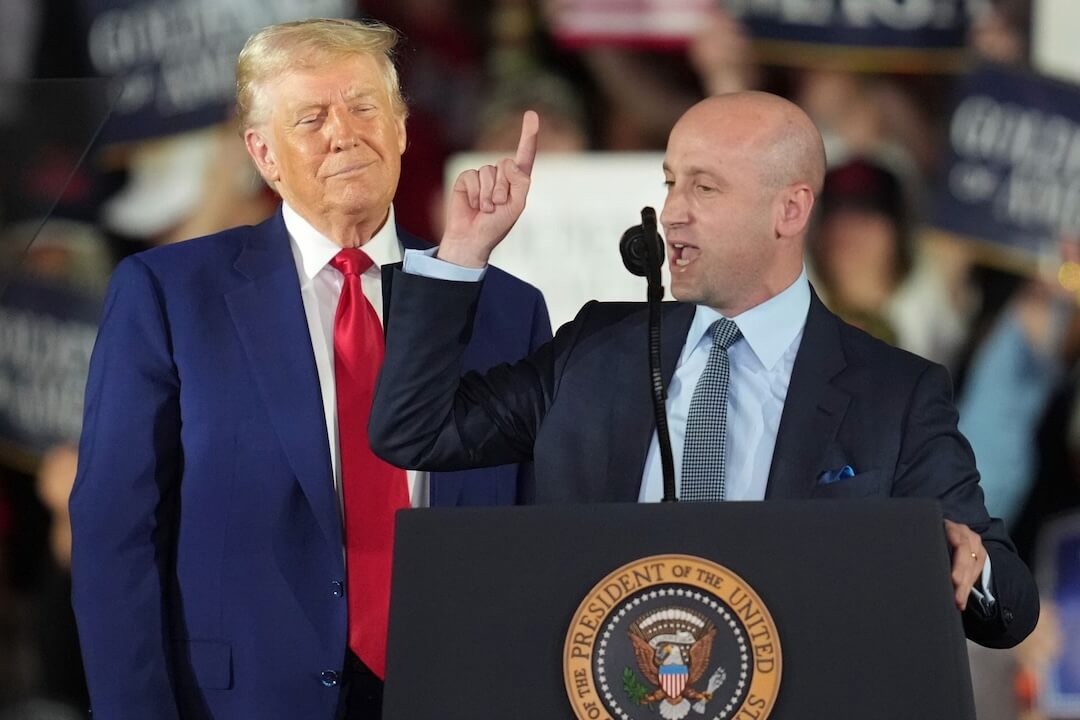Starting in April, employers in the media capital of the world will be required to include salary ranges with their job listings.
The New York City Council voted last month to pass a bill mandating that employers include a minimum and maximum salary that they “in good faith” believe they would pay for the position. The mayor has until Jan. 14 to approve or veto the bill, which will go into effect if he doesn’t take action.
Supporters of the bill say it will help address pay inequity issues that affect women and people of color. Oftentimes, job candidates do not receive salary information until the end of the hiring process. Having this information at the beginning of the process will help candidates negotiate for better salaries, advocates say.
“One of the things that I had to get out of as a journalist of color was that I always was worried about even being allowed to be in the room, let alone ask for more,” said Craig Newmark Graduate School of Journalism data journalist in residence Lam Thuy Vo. “If someone gives you … a salary band within which you have playing room, it makes it much easier. It takes away a lot of the burden from a candidate to ask for what they may or may not know is the realm of possibility.”
Vo, who helped put together a resource guide for journalists of color, said one of the most common questions she hears from journalists of color is, “How much should I ask for?” For people who come from backgrounds underrepresented in journalism, it can be difficult to know what the industry standard is, she said. The new law would make that information more readily available.
Sarah Kobos, a Wirecutter photojournalist who started the crowdsourced “Real Media Salaries” spreadsheet, said existing employees would likely also be able to take advantage of the law. They will be able to see ranges for similar jobs and can leverage that information for a raise if they discover they are being underpaid.
“Companies are out here saying they’re competitive when they’re not. Or they’re paying women and minorities with the same experience as others less,” said Kobos. “This will really help close the gap.”
Because a large portion of the media industry is centered in New York — a 2019 Pew report found that 12% of American newsroom employees live in the city — the law could have ripple effects across the country.
Both Vo and Kobos hope the law will make sharing salary information at the beginning of the hiring process a norm in the industry. Media companies may also feel pressure to raise their wages when job candidates can readily see which organizations are paying the most.
“In cases where competing firms might be able to see that their competitors have raised wages, I think in that case the upward pressure on wages might be a welcome effect of the policy,” said Harvard Business School assistant professor Zoe B. Cullen.
Many details about the law and how it will be applied have yet to be determined. The bill authorizes the New York City Commission on Human Rights to issue rules to implement the law.
It is unclear, for example, how narrow the salary ranges must be, whether the law will apply to New York employers advertising remote positions and what the penalty will be for employers who violate the law.
Those details could affect how people decide whether to apply to a job and how they negotiate, which in turn will determine how effective the law is in addressing pay gap issues, Cullen said.
The New York law comes at a time of increased interest in salary transparency both within journalism and in other sectors.
Colorado passed a law last year requiring employers to disclose a salary range and a description of the benefits package in job listings. The state of New York and Alaska have similar bills pending.
Nevada law mandates that employers provide salary information after the job interview. Several states — California, Connecticut, Maryland, Rhode Island and Washington — require that employers disclose a position’s pay range upon request.
Within journalism, crowdsourced databases documenting both salaries and freelance rates have gained traction in recent years. The Writers of Color Twitter account has become well-known for replying to job postings and pitch calls with the question, “How much does it pay?”
In the meantime, the industry is rapidly unionizing — a trend that Vo says goes “hand in hand” with the push for salary transparency. Kobos, an officer in the Wirecutter union, said she and her colleagues made their own salary spreadsheet when they were unionizing, which led to the Real Media Salaries document. New unions often identify pay disparities as one of their central reasons for organizing.
Multiple journalism unions have carried out their own pay studies to expose pay inequities at their companies. The NewsGuild, for example, conducted a study of 14 unionized Gannett newsrooms and found that the median salary for women of color was $15,727 less than the median salary for white men.
Unions at The New Yorker and New York Magazine also found pay disparities last year.
“Bosses love pay secrecy because they can use it to drive down wages, especially for women and people of color,” NewsGuild of New York president Susan DeCarava said in an email to Poynter. “This law can be a useful tool for exposing pay disparities and pay disparities is a useful tool for gauging real equity and diversity issues at any workplace.”
Salary transparency has always existed to some degree among communities of color, Vo said. Information is shared through informal networks.
“This is how we survive. This is how our parents survived,” Vo said. “(Salary transparency) has become a little rallying cry for lots of journalists of color to help each other out. But I think the fact that this is now being put into law is wonderful and just helps our cause even more.”
Correction: A previous version of this article misstated Sarah Kobos’ position in the Wirecutter Union.







